First, I designed a Colpitts oscillator with a frequency of around 94-97 MHz. I added a common emitter amplifier to the design to increase the output amplitude of the oscillator, then I connected the probe of the oscilloscope to the output and measured the amplitude of the signal with the oscilloscope.
When the probe is at 1x, the amplitude of the signal is 633 mV.
Here is the screenshot of the signal while the probe is at 1x:
When the probe is at 10x, the amplitude of the signal is around 380 mV.
Here is the screenshot of the signal while the probe is at 10x:
I'm not sure if the signal is measured correctly since the bandwidth of the oscilloscope and probes is 100MHz.
What is the actual amplitude of the signal?
If the measurement is correct when the probe is 10x, the amplitude of the signal should be 380mVx10=3.8V.
I am attaching the circuit diagram.
I recorded the operation of the circuit on video.I am testing the modulation in the video via a radio. There are also FFT and oscilloscope measurements of the modulation in the video.Please warn me if I have done something wrong.link is here https://drive.google.com/file/d/1YryFCI-n6-iACd4vVtxXLwiRebVg5j8W/view?usp=sharing
